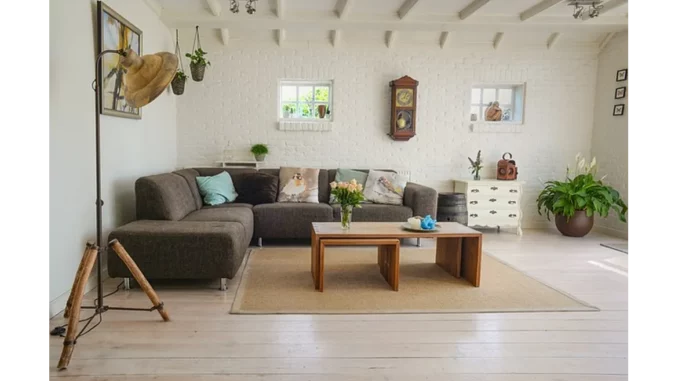
The Art of Transforming Your Home: A Step-by-Step Guide to Elegant Interior Design
Does the idea of decorating your living room, bedroom, or entire home seem overwhelming? Rest assured, you’re not alone. The process can indeed appear daunting, but when approached methodically, you can effortlessly transform any space into a comfortable, cohesive, and functional environment that mirrors your personal style. Here’s an expert guide to help you begin this exciting journey.
Step 1: Define Your Style
The foundation of designing any room lies in understanding your personal style. Take a moment to examine your home and identify items you adore. What colours, patterns, and textures catch your eye? Are you inclined towards a minimalist aesthetic, or do you favour a cosy, eclectic vibe? To gain a clearer perspective, peruse design magazines, Pinterest boards, and Instagram accounts that resonate with you. Consolidate your ideas by creating a mood board.
“Your home should tell the story of who you are, and be a collection of what you love,” advises Nate Berkus, renowned interior designer.
Step 2: Assess Your Space
Before making any purchases, meticulously assess your space. Measure the room’s dimensions and note the positions of windows, doors, and electrical outlets. Consider the natural lighting and how it might influence your design decisions. This thorough assessment will guide you in making informed choices about furniture placement and colour schemes.
Step 3: Set a Budget
Creating a stylish room need not be a financial burden. Establish a realistic budget and prioritise your spending. Determine where you wish to splurge and where savings can be made. For instance, investing in a quality sofa might be essential, while you could economise on accessories such as throw pillows and rugs. Often, design constraints lead to more innovative and intriguing solutions.
“Good design doesn’t have to be expensive; it just needs to be thoughtful,” says Kelly Hoppen, celebrated interior designer.
Step 4: Create a Floor Plan
A well-crafted floor plan is pivotal for a functional and aesthetically pleasing room. Sketch a layout of your space, including the placement of furniture and décor. Contemplate the flow of movement and the room’s intended use. In larger rooms, create zones for various activities, such as a conversation area and a separate zone for watching TV or working.
Step 5: Choose a Colour Palette
The colour palette sets the mood for the entire room. Opt for colours that complement each other and evoke the atmosphere you desire. For a cohesive look, stick to a limited colour scheme, using varying shades and textures to add depth. Test paint colours on your walls and observe them under different lighting conditions before making a final decision.
Step 6: Select Furniture and Decor
When selecting furniture, balance style with functionality. Choose pieces that fit the scale of your room and serve your needs. Mix and match different styles for a unique look, ensuring they harmonise with each other. For décor, focus on items that reflect your personality and add character to the space. Remember, less is often more. Avoid clutter by choosing a few statement pieces rather than overcrowding the room.
Step 7: Layer Textures and Patterns
Incorporating layers of textures and patterns brings depth and interest to your room. Blend different materials like wood, metal, and fabric to create a rich, tactile experience. Use patterns sparingly to avoid overwhelming the space—a patterned rug or throw pillow can add visual intrigue without dominating the room.
Step 8: Add Lighting
Lighting is a cornerstone of interior design. Employ a combination of ambient, task, and accent lighting to create a well-lit, inviting space. Consider the room’s natural light and supplement it with artificial lighting as needed. Select light fixtures that enhance your overall design and exude elegance.
Step 9: Personalise Your Space
Infuse your room with personal touches to make it uniquely yours. Display items with sentimental value, such as family photos, travel souvenirs, or cherished artwork. These personal elements will imbue your space with warmth and individuality.
Step 10: Review and Adjust
Upon completing your design, step back and review the overall look. Make any necessary adjustments to ensure the room is functional, cohesive, and reflective of your personal style. Do not hesitate to tweak elements until you achieve the desired result.
In essence, designing a room like an interior designer entails breaking the process into manageable steps. By defining your style, assessing your space, setting a budget, creating a floor plan, choosing a colour palette, selecting furniture and décor, layering textures and patterns, adding lighting, personalising your space, and reviewing your work, you can create a stunning and functional room that you will adore.
Your home is a canvas—let your creativity and personal style shine through every brushstroke.


Be the first to comment